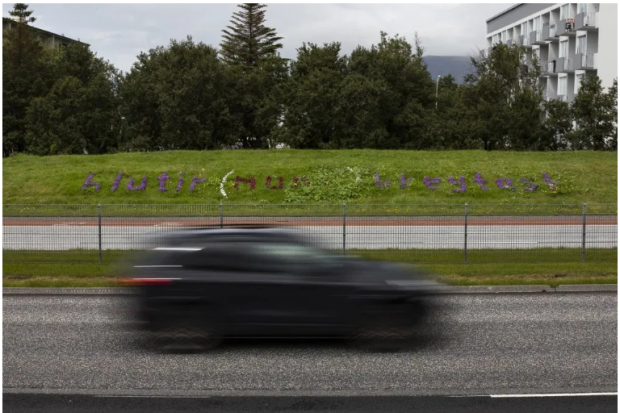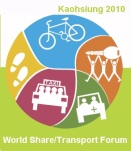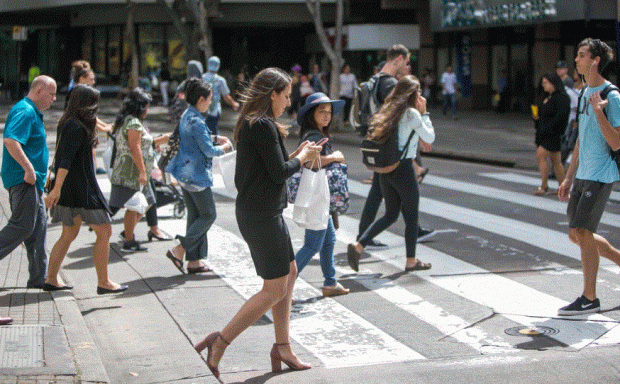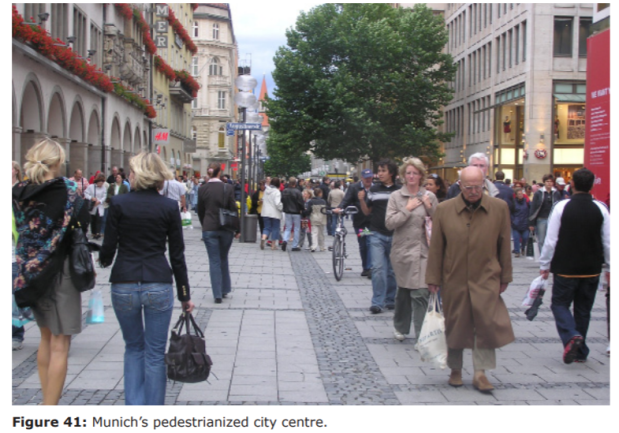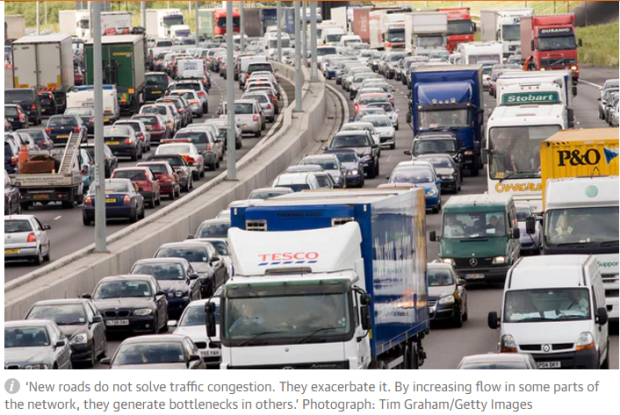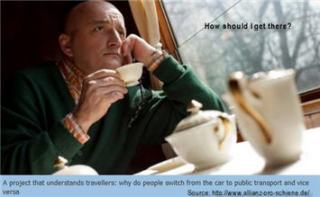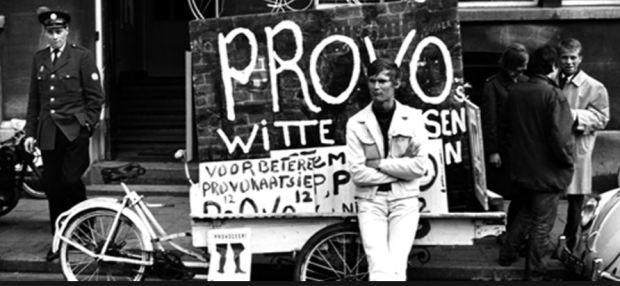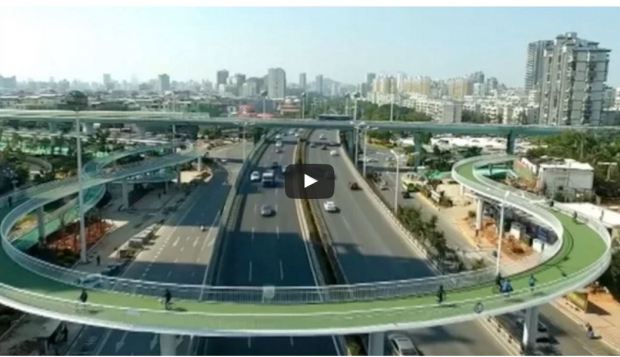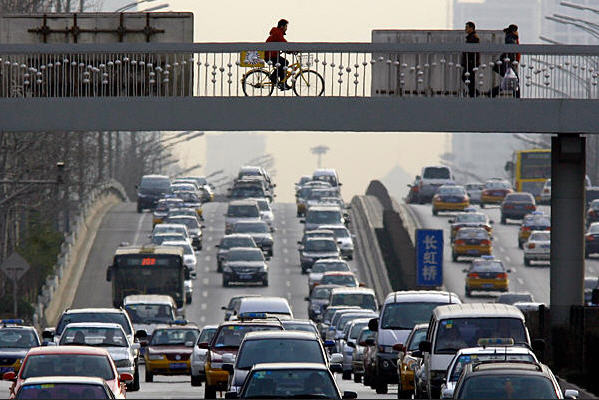
Founding editor, Joel Crawford, announces final issue of Carfree Times
I have decided to suspend my online creative efforts indefinitely. This will probably be the last Carfree Times. I don’t plan to shoot stills or video except incidentally, and there will probably be few or no new videos.
In a sense, what I’m doing is giving up virtual presence in favor of actual presence. I am looking at screens far too much. I enjoy face-to-face interaction, particularly with an audience. I am available for these kinds of events within railing distance of Amsterdam.
We are going to have carfree cities, one way or another, I’m pretty sure. Money, ecology, and happiness all optimize at one and the same point: carfree cities. There is no cheaper way to build decent cities. No other urban form has smaller environmental impacts. Urban quality of life is always improved by removing cars.
Continue reading →


